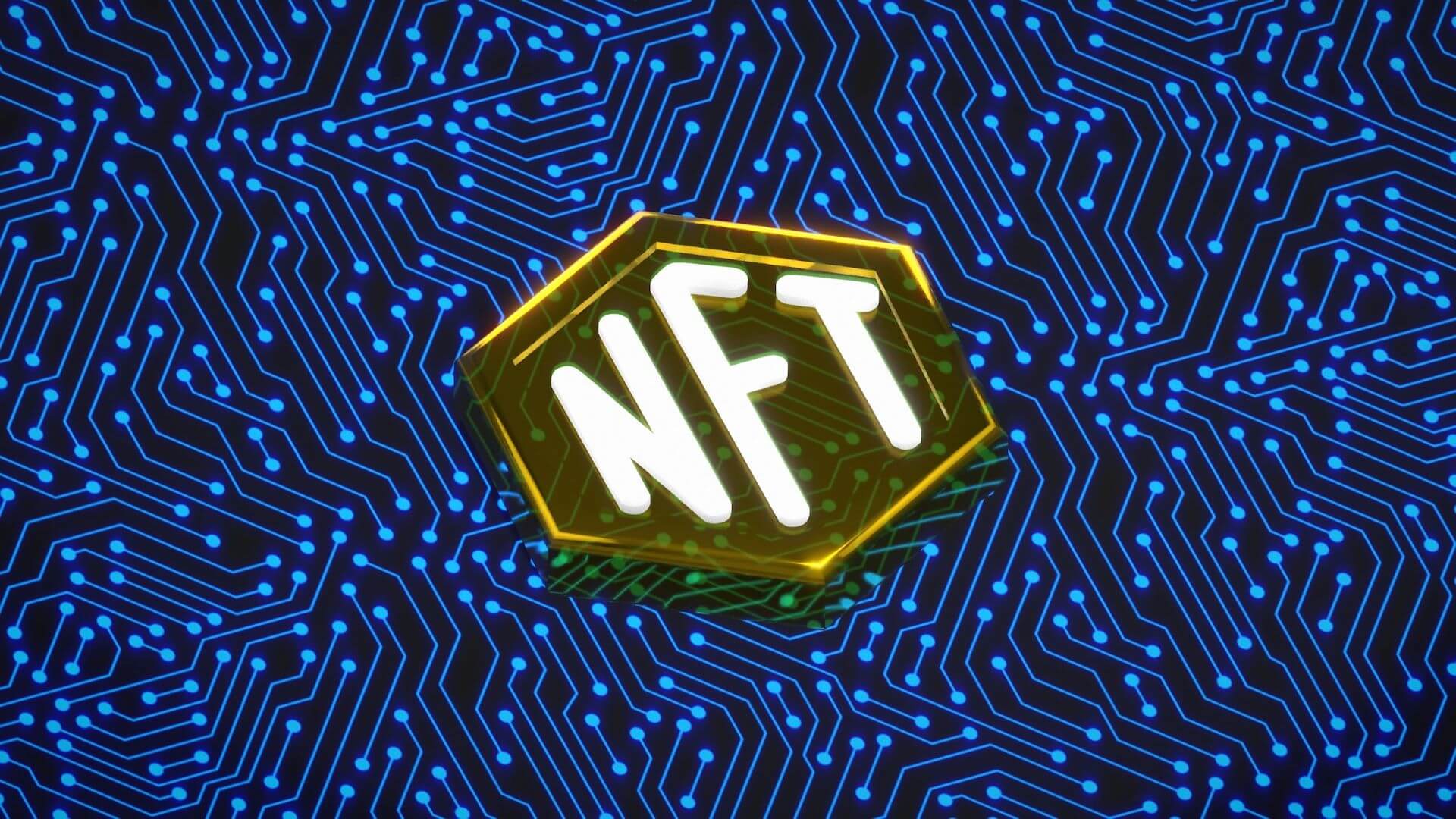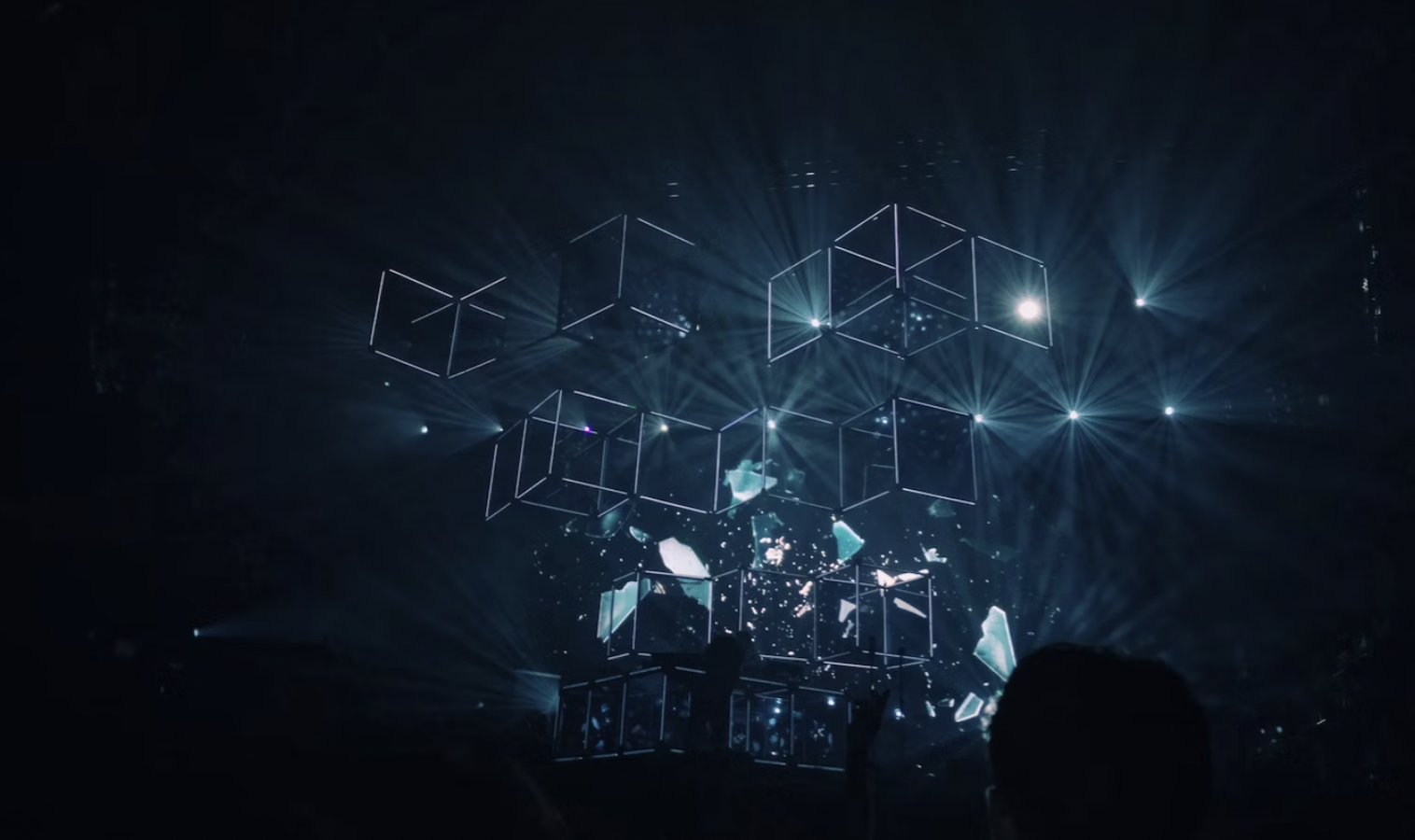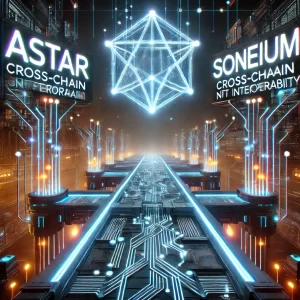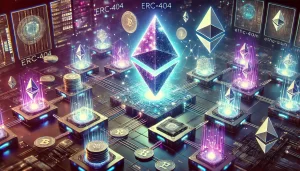
NFTs, or non-fungible tokens, have significantly impacted the gaming industry in recent years. These digital assets are unique and cannot be replicated, providing gamers a new way to own and trade in-game items. In this blog post, we will explore how NFTs affect the gaming industry and their potential to transform how we play and interact with games.
NFTs in Gaming: The Basics
NFTs are unique digital assets that can represent anything from art to music, and in the gaming industry, they represent unique in-game items that players can own and trade. This includes everything from weapons and armor to skins and other cosmetic items. With NFTs, gamers can truly hold their in-game items, which has never been possible until now. Traditionally, in-game items have been owned by the game developers, and players could only use them within the game.
Impact of NFTs on the Gaming Industry
The impact of NFTs on the gaming industry is significant. For one, they provide gamers a new way to monetize their in-game items. Instead of selling items on black markets or through unofficial channels, gamers can now sell their NFTs in a legitimate and secure marketplace. This has the potential to create new revenue streams for gamers, which is especially important in the esports industry.
In addition, NFTs create a new level of scarcity and exclusivity in the gaming industry. Because NFTs are unique and cannot be replicated, they create a new level of rarity for in-game items. NFTs’ rarity can make them more valuable and desirable to gamers and can even drive up prices in the marketplace.
NFTs can also create new opportunities for game developers. For one, they can incentivize players to spend more time and money in the game to acquire rare and valuable items. Additionally, NFTs can be used to reward players for achievements or as part of loyalty programs. This can increase engagement and retention rates for game developers, a key industry metric.
Examples of NFTs in Gaming
There are several examples of NFTs in the gaming industry, and their popularity is only increasing. One notable example is the popular game Axie Infinity, which has seen explosive growth in recent months. Axie Infinity is a blockchain-based game that allows players to collect and breed fantasy creatures called Axies. These creatures can then be used in battles against other players. The game uses NFTs to represent the Axies, which can be traded on secondary markets for real money. As a result, some players have earned thousands of dollars from trading Axies.
Another example of NFTs in gaming is the popular game Decentraland, a virtual world that runs on blockchain technology. In Decentraland, players can buy virtual land and build on it, creating their own unique experiences within the game. The virtual land is represented by NFTs, which can be bought and sold on secondary markets. This has created a new economy within the game, where players can earn money by creating and selling virtual goods and experiences.
The Bottom Line for NFTs in Gaming
In conclusion, NFTs have created a significant impact on the gaming industry, providing gamers with a new way to own and trade in-game items. NFTs have created new opportunities for monetization, incentivization, and engagement, benefiting both gamers and game developers. The potential of NFTs in gaming is immense, and we can expect to see continued innovation and growth in this space. The gaming industry is just one example of how NFTs are transforming various industries in Web 3.0, and it will be fascinating to see how they continue to shape the digital landscape in the years to come.
Join the NFT Bridges discussion at our Discord. See you there!









